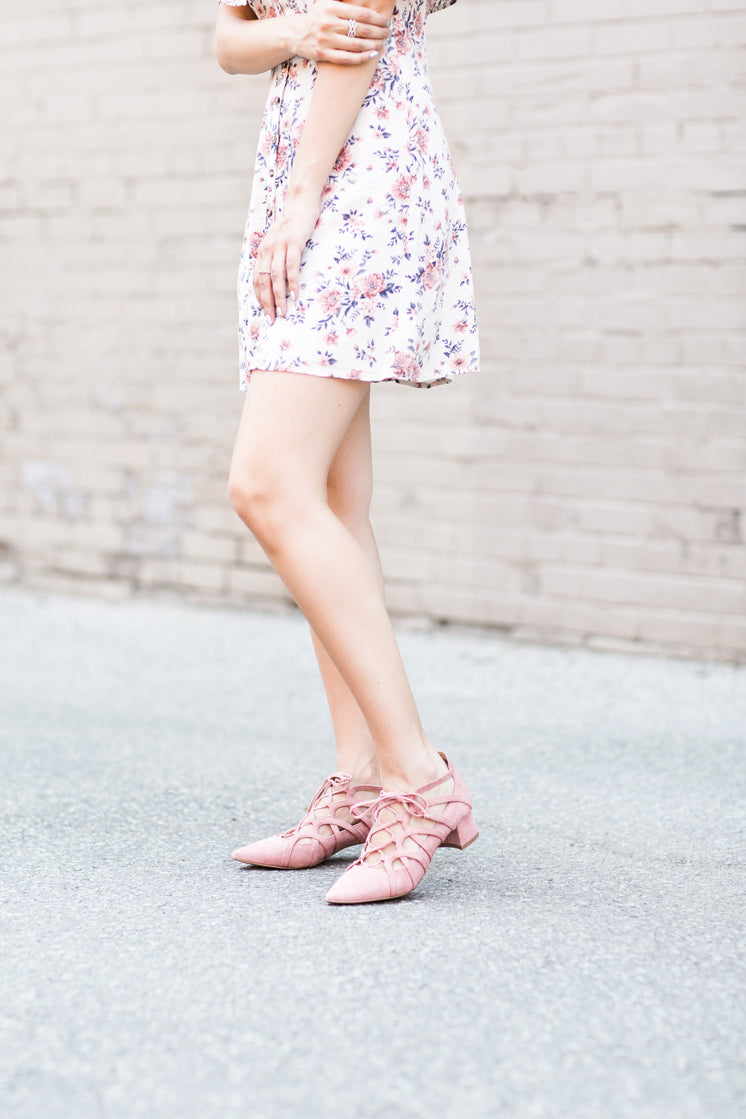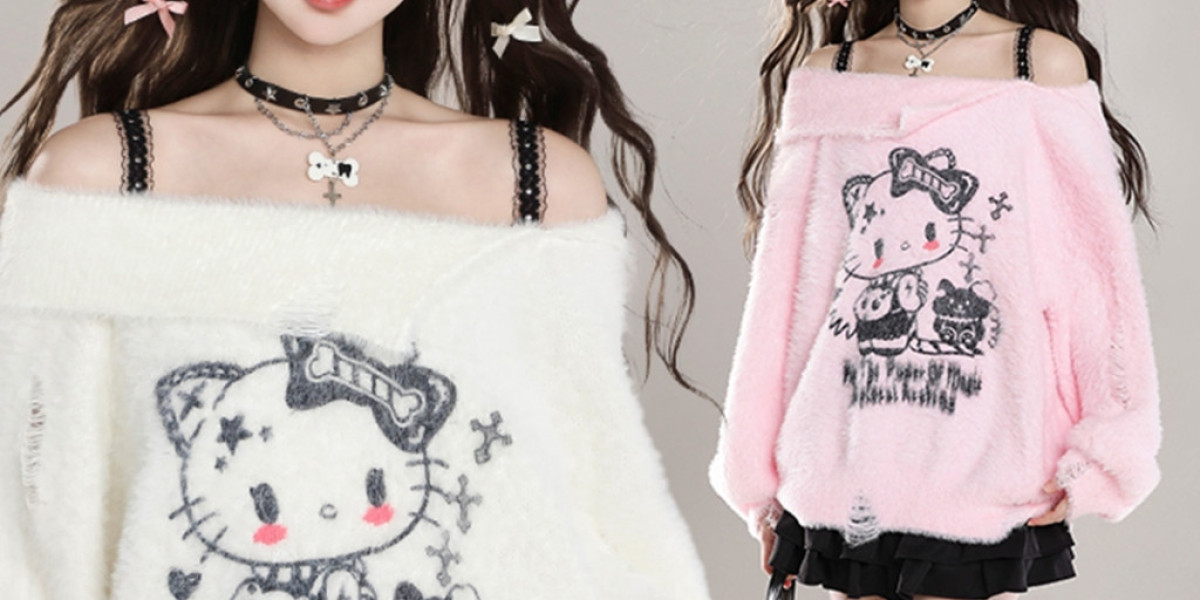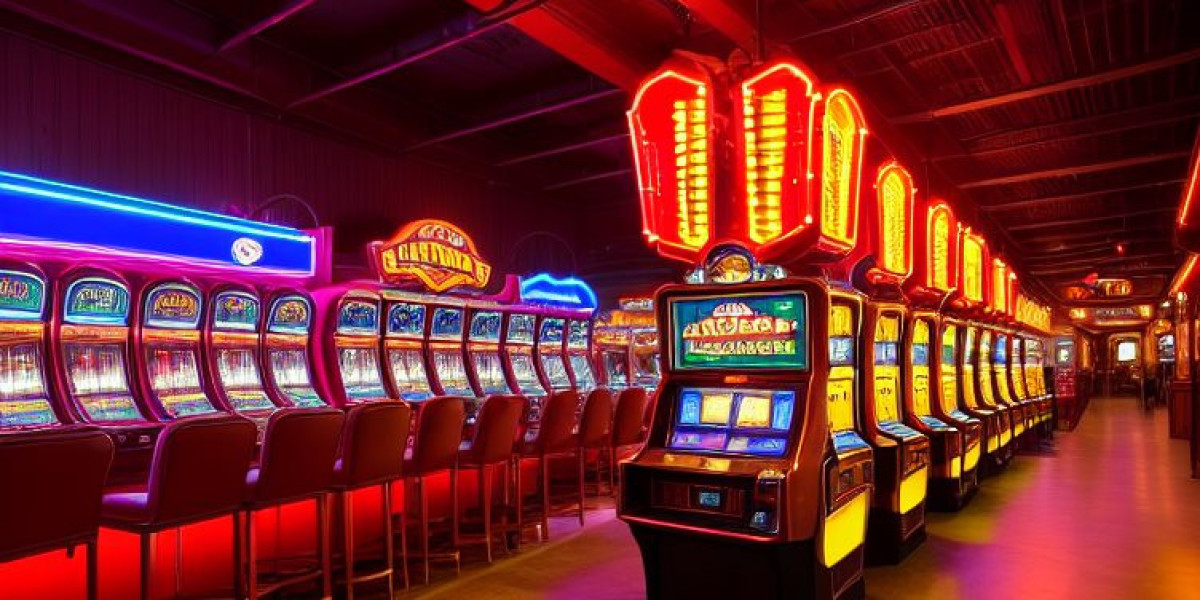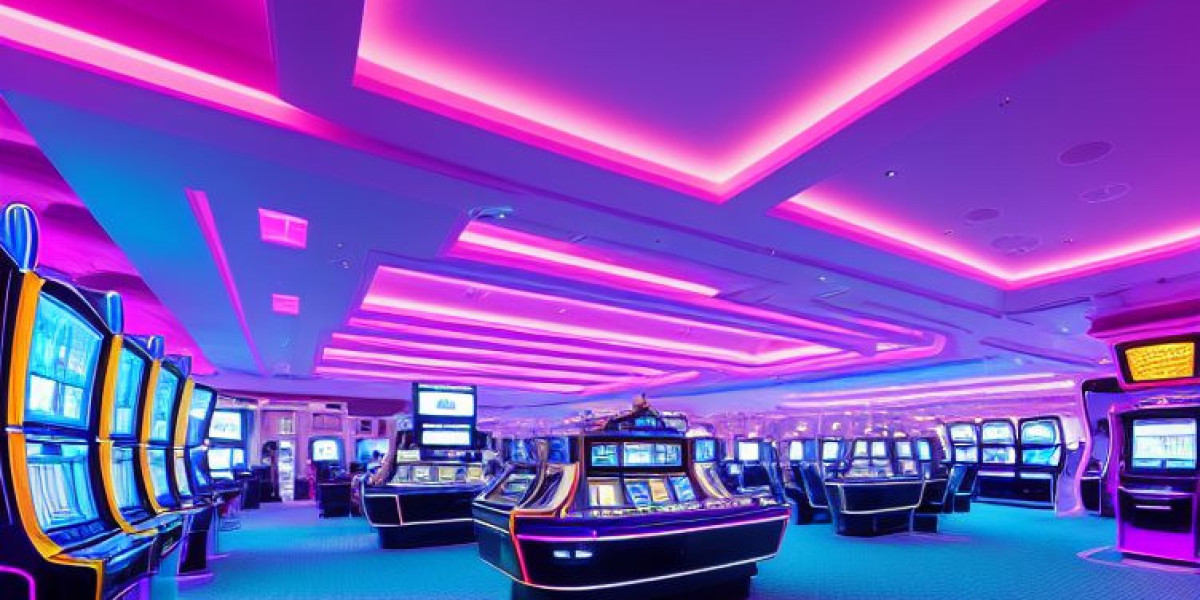Intro
The concept of kawaii, suggesting "charming" or "lovable" in Japanese, has actually gotten appeal worldwide in recent times, specifically in the world of style. Kawaii clothing, identified by pastel colors, wacky patterns, and wayward accessories, are cherished by people of all ages and sexes. This short article intends to discover the influence of kawaii outfit ideas (https://TR4Ceflow.com/layering-kawaii-outfits-for-a-chic-look) clothing on social understandings and self-expression.
Cultural Significance of Kawaii
In Japan, the kawaii culture has deep origins, going back to the 1970s with the development of personalities like Hello Kitty and My Tune. These legendary numbers led the way for a new visual that highlighted playfulness, virtue, and sweetness. Kawaii fashion rapidly ended up being a staple in Japanese road style, affecting designers and customers around the world.
The allure of kawaii outfits hinges on their capability to evoke feelings of happiness and fond memories. Making use of soft shades, animation prints, and deluxe toys develops a sense of avoidance and whimsy, moving people right into a world of dream and creative imagination. In a culture that frequently values conformity and performance, kawaii fashion supplies a refreshing break from the mundane and ordinary.
Social Perceptions of Kawaii Outfits
Despite its expanding appeal, kawaii fashion is typically misinterpreted and stigmatized by mainstream society. Doubters suggest that kawaii attire infantilize people, portraying them as childish and premature. Additionally, some sight kawaii fashion as shallow and frivolous, disregarding it as a passing trend fueled by consumerism.
However, research study recommends that people that use kawaii attires are regarded differently than those who do not. A study conducted by Matsuno and Komori (2018) discovered that women that wore kawaii fashion were viewed as even more approachable, pleasant, and fun-loving compared to their peers. These searchings for suggest that kawaii outfits can offer as a social cue, indicating a lively and laid-back personality to others.
Additionally, kawaii style has actually been embraced by marginalized teams, such as the LGBTQ+ area and people with handicaps, as a kind of self-expression and empowerment. By challenging standard gender norms and social expectations, kawaii outfits allow people to embrace their special identities and celebrate their distinctions.
Self-Expression with Kawaii Outfits
Kawaii style is greater than simply a style option; it is a type of self-expression and communication. By curating kawaii outfits, individuals can reveal their character, interests, and feelings in a visually fascinating method. Whether it's through quirky devices, statement pieces, or bold colors, kawaii fashion makes it possible for people to showcase their creative thinking and individuality.
Additionally, putting on kawaii attire can have a positive effect on one's mental wellness and wellness. Researches have revealed that taking part in activities that evoke positive feelings, such as wearing kawaii fashion, can improve state of mind, decrease stress, and rise sensations of joy and contentment. In this feeling, kawaii outfits function as a kind of self-care and self-expression, enabling people to prioritize their mental and psychological well-being.
Verdict.
In final thought, kawaii clothing have the power to shape social assumptions and assist in self-expression in meaningful and one-of-a-kind means. By embracing the kawaii visual, people can challenge social standards, commemorate diversity, and express themselves authentically and creatively. As the kawaii culture continues to progress and prosper, it is necessary to recognize and value its significance in cultivating individuality, positivity, and pleasure in today's society.






